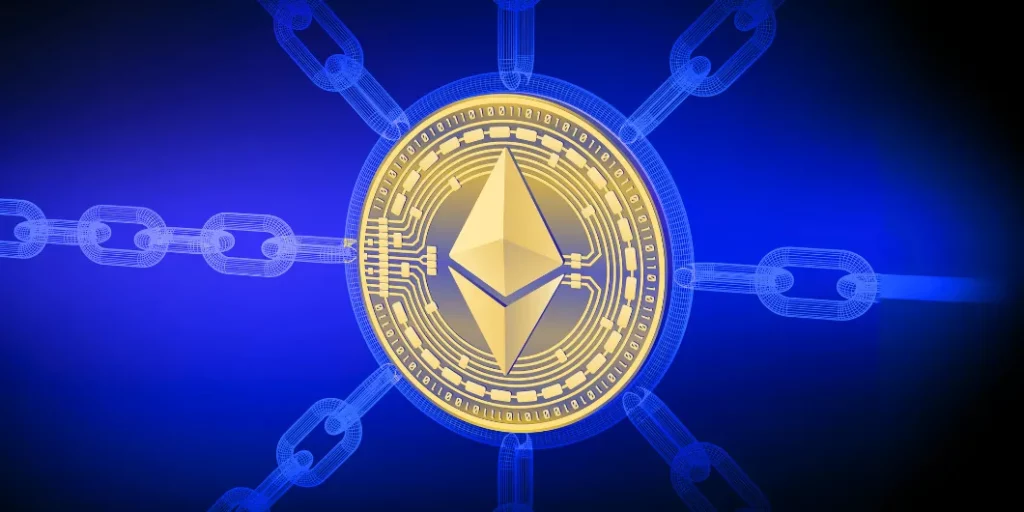
Understanding Ethereum’s Pectra Upgrade
Ethereum has always been one of the leading blockchains, known for its smart contract capabilities and decentralized applications (dApps). Over time, it’s gone through several upgrades to improve its security, scalability, and overall user experience. These updates are essential for keeping Ethereum at the top of the game, and the latest one, called Pectra, is no exception.
The Pectra update, coming in 2025, is set to make Ethereum faster, more scalable, and easier to use. In this post, we’ll break down what Pectra is, why it matters, and how it fits into Ethereum’s bigger picture.
Key Features of the Pectra Update
Protocol Enhancements
The Pectra update brings major improvements to how Ethereum’s protocol works. These changes will make the network faster and more efficient while maintaining security.
Ethereum Improvement Proposals (EIPs)
Pectra includes several Ethereum Improvement Proposals (EIPs) designed to enhance how Ethereum functions. Some of the most important ones include:
- EIP-7702: Programmable Wallets
This proposal is all about making Ethereum wallets more flexible by allowing them to handle smart contracts. With this upgrade, users will be able to pay transaction fees using different tokens, and the wallets themselves will be more secure. This is part of Ethereum’s bigger push to make wallets more programmable and adaptable to user needs. - EIP-7251: Increased Staking Limits
This one increases the staking limit for Ethereum validators from 32 ETH to 2,048 ETH. It’s an important change because it enhances network security and makes staking more efficient, especially for large validators. - EIP-6110: Validator Deposit Processing
EIP-6110 speeds up the process for new validators to join the Ethereum network, improving both security and overall efficiency. This makes it easier for people to participate in securing the network. - EIP-7002: Smart Contract – Controlled Staking Withdrawals
This upgrade allows users to manage their staking withdrawals through smart contracts, offering more flexibility and automation for those involved in staking.
Scalability Improvements
Pectra is focused on improving Ethereum’s scalability. One key change is transaction bundling, which allows multiple transactions to be processed together, saving time and reducing gas fees.
Security Enhancements
The update also strengthens Ethereum’s security. It improves validator processes and adds new protections, making Ethereum safer for everyone using the network.
Smart Contract Improvements
For developers, the update makes deploying and executing smart contracts easier. These updates allow for more flexible, user-friendly decentralized applications (dApps).
How Does Pectra Affect Ethereum Users?
For Developers
Developers will benefit from easier smart contract management and more flexible wallet options. This means building dApps will become smoother, with better options for transaction management and lower costs.
For Investors and Traders
For those investing in Ethereum, Pectra could positively impact the market. With better scalability and security, Ethereum could become more stable and appealing to larger investors.
For Everyday Users
For regular Ethereum users, Pectra will make things like transaction costs lower and transactions faster. Wallets will be more secure, and the whole experience will be smoother overall.
Comparison with Previous Ethereum Updates
Pectra builds on earlier updates like The Merge, Shanghai, and Dencun. While previous updates focused on moving Ethereum to Proof-of-Stake (PoS) and improving staking options, Pectra’s focus is mainly on scalability and making Ethereum easier to use for both developers and users.
Potential Challenges and Risks
With any major update, there are some risks. For example, the increase in staking limits could lead to more centralization, making it harder for smaller validators to participate. Also, as with any update, bugs or issues could arise, but Ethereum’s developers are actively testing and preparing to address any potential challenges.
The Future of Ethereum After Pectra
After Pectra, Ethereum will continue to evolve. The network’s roadmap includes even more upgrades to improve scalability, security, and decentralization. The Pectra update is just one step toward building a faster, safer, and more decentralized blockchain.
The Ethereum Pectra update is an important step in the ongoing development of Ethereum. It brings key improvements to scalability, security, and smart contract capabilities. Whether you’re a developer, investor, or casual user, Pectra will enhance your experience with Ethereum. Keep an eye on this update, Ethereum’s future is looking brighter than ever.